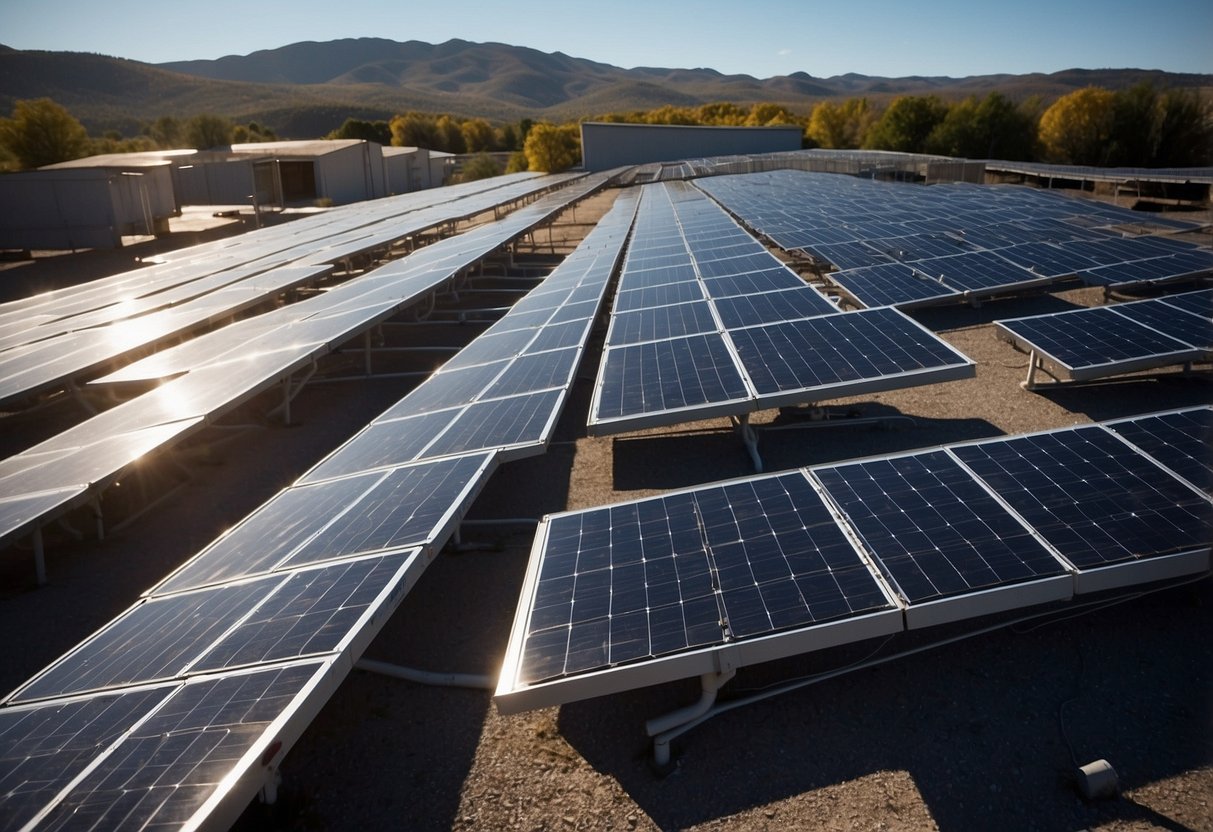
Renewable energy technology has seen significant advancements in recent years, driving the transition to cleaner and more sustainable power sources. What are the top innovations pushing this transformation forward? By exploring the latest breakthroughs in this field, one can gain insights into how these technologies are shaping our energy future.
These innovations aim to increase efficiency, reduce costs, and expand the applications of renewable energy. From solar to wind, each technology offers unique contributions to a more sustainable world. This article explores the five most impactful developments in renewable energy technology. The following sections will outline these cutting-edge advancements and their potential implications for the future.
1. Floating Offshore Wind Turbines
Floating offshore wind turbines represent a significant advancement in renewable energy. Unlike traditional offshore wind turbines anchored to the seabed, these turbines float on the water’s surface.
This design allows them to be placed in deeper waters where wind conditions are more favorable. It opens up vast areas of the ocean previously inaccessible for wind energy production.
The turbines are stabilized with mooring lines and anchors. This ensures they remain in position while harnessing wind energy efficiently.
Floating offshore wind farms can be located further from shore, reducing visual and noise impacts on coastal communities.
They also have the potential to generate more consistent power due to higher and steadier winds found farther out at sea.
The construction and installation of floating platforms can be less invasive to marine environments compared to fixed-bottom structures.
2. Perovskite Solar Cells
Perovskite solar cells have emerged as a promising technology in the field of renewable energy. These cells use a perovskite-structured compound, which offers high efficiency and low production costs.
The material’s unique properties allow for excellent light absorption and charge-carrier mobility. This makes perovskite solar cells highly efficient in converting sunlight into electricity.
Research and development have shown rapid improvements in their efficiency rates. Some experimental designs have achieved over 25% efficiency.
Additionally, perovskite cells can be produced using low-cost materials and simpler manufacturing processes. This contrasts with traditional silicon-based solar cells, which require high temperatures and expensive equipment.
Another advantage is their flexibility. Perovskite solar cells can be applied to a variety of surfaces, including flexible substrates. This opens up possibilities for innovative applications like solar windows and wearable electronics.
Despite their advantages, challenges remain. Stability and longevity under real-world conditions are areas needing improvement. Scientists are actively working on making perovskite cells more durable and resistant to environmental factors.
Perovskite solar cells hold significant potential for future renewable energy solutions. The ongoing research and advancements could revolutionize the solar industry.